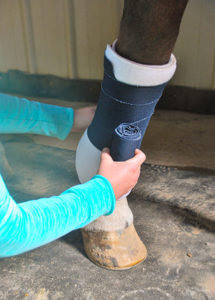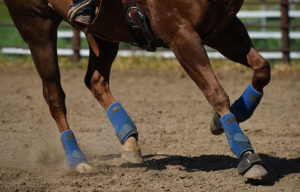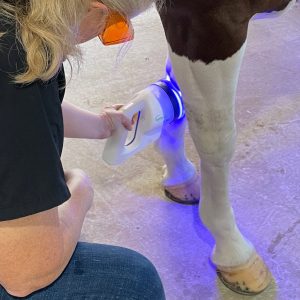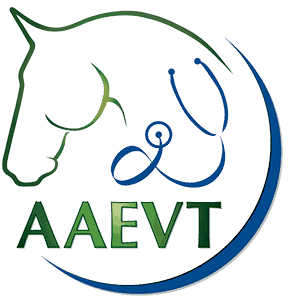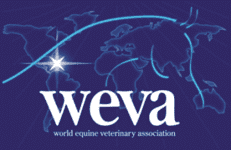First Steps for Foal Handling
Successful methods for handling foals are as marvelously varied as the breeds, colors, and markings you discover on these leggy little individuals when they’re born. Some people handle foals from the moment of birth, while others foal out their mares on rangeland and bring them in for the foals’ first handling at weaning time. The "best" way is what works for you–and for a particular foal or group of foals–in your own situation and circumstances.
Imprinting
The newborn foal is programmed for soaking up a huge amount of information immediately after birth. To survive in the wild, a foal has to learn who his mother is, quickly get up and nurse, follow his dam, and run alongside her to flee from danger. Prey species like horses and deer attach and bond with what they see right after birth (the mother) and later instinctively flee from anything unfamiliar. When first born, a foal does not fear humans and can learn to tolerate and remember many things, just as he learns to recognize and follow his dam (imprinting). After that short window of time, however, he tends to become more suspicious and wary of unfamiliar creatures. The most advantageous time to make a lasting good impression on the foal and control what he sees and experiences is right after he’s born.
Robert M. Miller, DVM, a retired veterinarian from Thousand Oaks, Calif., began handling newborn foals using a formalized training process in 1960. According to Miller, imprinting is automatic learning as a newborn, and training is learning by reinforcement (at any age)
Create a free account with TheHorse.com to view this content.
TheHorse.com is home to thousands of free articles about horse health care. In order to access some of our exclusive free content, you must be signed into TheHorse.com.
Start your free account today!
Already have an account?
and continue reading.
Written by:
Heather Smith Thomas
Related Articles
Stay on top of the most recent Horse Health news with
